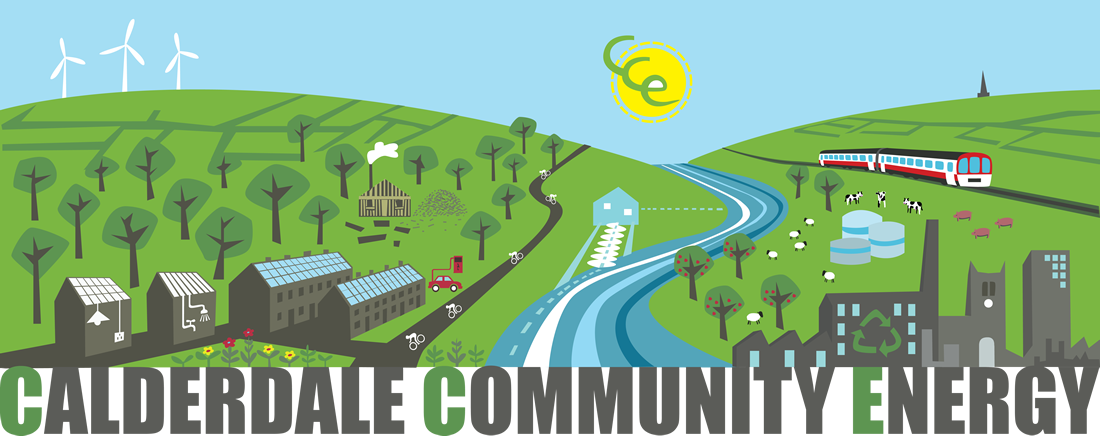Solar thermal
Solar water heating systems trap the sun’s heat in panels or tubes for use in homes, other buildings and swimming pools. Here in Britain (yes, even here in Yorkshire!), solar water heating can provide 50 to 70% of the hot water for a home. Hot water bills are reduced by at least half and nearly all of the hot water required during the summer is provided. Solar systems usually give at least 20 to 30 years useful service, during which time the money saved can more than repay the initial cost.
Find out more about solar thermal technology.
Solar PV
Electricity can be generated from the sun using ‘photovoltaic’ or PV panels. They are made of materials that generate electricity when exposed to daylight. There are various types of panel available and the sun does not have to be shining for them to work.
Find out more about solar PV technology
Hydro Power
Hydro-electric power is generated when we extract energy from falling water. Its use can be traced back to ancient times. Nowadays the power of water is used to generate electricity. Currently, hydroelectric power accounts for around 2% of the UK’s total installed electricity generating capacity, but this is mostly from large scale systems, which are not likely to be built in the future.
Find out more about hydro power technology.
Wind
Wind represents a vast source of energy and has been used for hundreds of years in Britain to grind corn and pump water. It can now be used to make electricity and, for onshore installations, it is one of the cheapest sources. As the UK is the windiest place in Europe, wind power is one of the most promising renewable energy technologies and already provides enough electricity to power more than 2 million homes.
Find our more about wind power.
Biomass
Biomass systems generate heat by burning wood or other energy crops. They are sustainable as long as any felled trees are replanted so that all the carbon emissions are reabsorbed from the atmosphere. A fully automated woodchip boiler system can provide sustainable space and water heating for a community building or school. District scale heating systems are also possible so that heat from a large community owned biomass system is pumped to houses in the local area via insulated underground water pipes.
Find out more about biomass power.
Anaerobic Digestion
Anaerobic digestion is the production of biogas by breaking down biological material in the absence of oxygen. The material is often from waste such as animal and plant waste from farms or food waste, but can also include energy crops like corn.
The material is broken down to produce biogas that can be used to produce heat or electricity. Biogas is mostly methane and can be added into the gas grid as a sustainable source of fuel to run conventional gas heating systems on. The other product of anaerobic digestion is a liquid ‘digestate’. This is a far better fertilizer than the slurry put in to the digester at the beginning of the process and is less smelly as well.
Anaerobic digestion is capital intensive and needs to be done at quite a large scale to be cost effective. This makes it something that is not likely to be possible for a small farmer but could work well with a co-operative of farmers.
Heat Pumps
A heat pump is an electrically powered unit consisting of a compressor and a pair of heat exchangers which is able to tap the natural thermal energy stored in the earth, air or water and use this to heat your home and provide hot water. They can also provide cooling systems.
Find out more about heat pumps
